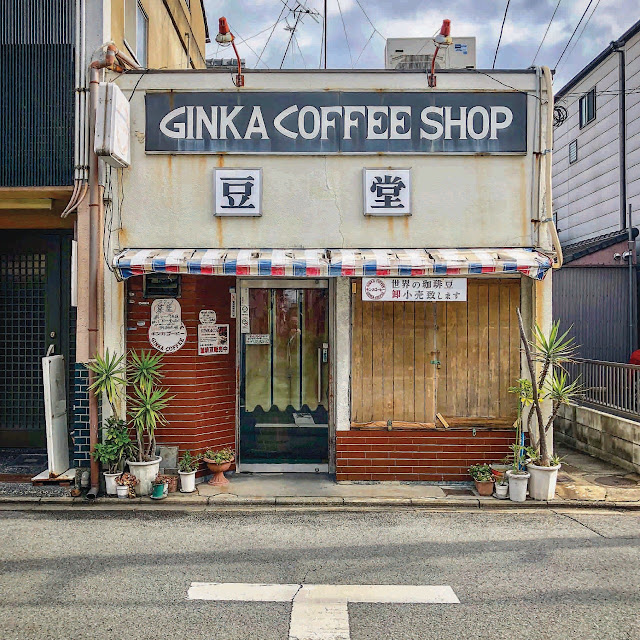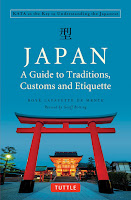A large M7.3 earthquake struck northeastern Japan last Saturday night (February 13th) bringing back memories of the Great Tohoku Earthquake (March 11) almost 10 years ago now. Experts believe that this recent tremor was an aftershock from the massive earthquake that hit the region in 2011.
The 2011 Great East Japan Earthquake and Tsunami (Great Tohoku Earthquake) was one of the biggest earthquakes in history and triggered a deadly tsunami that destroyed much of the Tohoku coastline.
Back in the summer of 2017, I went on a journey to Miyagi Prefecture in northeastern Japan, where I visited Onagawa, a sleepy fishing port that suffered extensive damage during the 2011 earthquake and tsunami. This was an eye opening experience for me and something that I will never forget.
Long-time Japan resident, Caroline Pover, author of One Month in Tohoku was deeply moved by the disaster and felt compelled to help in whatever way she could. Caroline was in the UK when the disaster struck, but in the weeks soon after March 11, was on the Oshika Peninsula in Mayagi Prefecture, an area that was badly affected by the tsunami. This was close to where I visited in 2017. She has spent the following years going back and forth between Japan and England, where she has been involved in fundraising and managing recovery projects for remote fishing communities on the Oshika Peninsula.
The Book’s Content
One Month in Tohoku is a memoir on life after the 2011 Great East Japan Earthquake and Tsunami. Caroline spent time living and working in the small communities of Oshika, where she helped with reconstruction projects, mobilizing support for them from overseas and making a contribution to the locals economic and psychological recovery.
The remote Oshika Peninsula was the first part of Japan to be hit by the tsunami and has been one of the last places to recover. At this time, they have yet to fully recover with reconstruction still ongoing.
This book is her story about this work and the strength and resilience of the survivors to overcome the disaster and to recover and rebuild their lives during this vulnerable time.
My View
I really admire Caroline for the huge effort that she put in to help these local communities. It is people like Caroline that helped speed up the recovery process and contributed to the rebuilding of places and communities such as Onagawa that I was fortunate to visit in 2017.
Caroline never planned to write a book about Oshika but felt strongly about sharing their story to encourage people to look beyond the images that we see in the media after a disaster occurs. Once these images disappear, people soon forget about the seemingly never-ending process of recovery and rebuilding that the people affected by a disaster have to go through.
This engaging and very personal story touched my heart and greatly reminded me of my own journey to Onagawa in Miyagi Prefecture. I would like to encourage everyone to give this heartwarming tale of love, kindness, compassion, and resilience of a very special community of people a read, and like myself, encourage you to visit the area, so that you can experience the beauty of the region and the people for yourself.
About the Writer
The author, Caroline Pover was born in Devon in the UK, grew up in Plymouth, and graduated from Exeter University before moving to Tokyo, Japan in 1996, in search of adventure.
She lived in Japan for almost fifteen years, running a number of businesses, giving speeches, and winning numerous awards for her entrepreneurial and philanthropic endeavours before moving back to the UK. This is her fifth book, and first memoir.
 |
| Caroline Pover |
One Month in Tohoku is an engaging and very personal story of one woman’s journey and contribution to help rebuild a shattered community.
One Month in Tohoku is available on Amazon



























